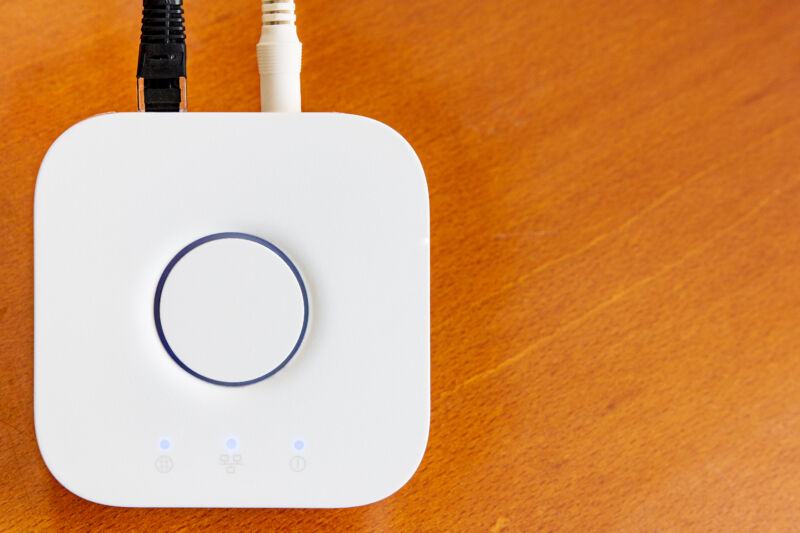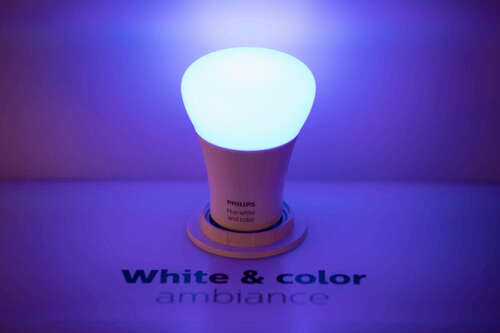
Getty Images
I’ve set up dozens of smart home gadgets across two homes and two apartments over the last five years. I have a mental list of brands I revere and brands from which nothing shall ever be purchased again. In my current abode, you can stand in one place and be subject to six different signal types bouncing around, keeping up the chatter between devices.
What can I say? I’m a sucker for a certain kind of preparedness and creativity. The kind that’s completely irrelevant if the power goes out.
When I started at Ars in the summer of 2022, the next generation of smart home standards was on the way. Matter, an interoperable device setup and management system, and Thread, a radio network that would provide secure, far-reaching connectivity optimized for tiny batteries. Together, they would offer a home that, while well-connected, could also work entirely inside a home network and switch between controlling ecosystems with ease. I knew this tech wouldn’t show up immediately, but I thought it was a good time to start looking to the future, to leave behind the old standards and coalesce into something new.
Instead, Matter and Thread are a big mess, and I am now writing to tell you that I was wrong, or at least ignorant, to have ignored the good things that already existed: Zigbee and Z-Wave. I’ve put in my time with Wi-Fi, Bluetooth, and various brittle combinations of the two. They’re useful for data-rich devices and for things that can stay plugged in. Zigbee and Z-Wave have been around, but they always seemed fidgety, obscure, and vaguely European at a glance. But here, in the year 2024, I am now an admirer of both, and I think they still have a place in our homes.

Getty Images
Hue bulbs did a Trojan horse on me, and I am thankful
Two brands have done a savvy job of incorporating Zigbee into their tech without making a big deal of it: Philips Hue and Ikea. Hue bulbs were, for me and many others, a first step into home automation. Back then—2018, looking at the receipts—I knew that Hue bulbs ran on their own kind of ad-hoc network, but I didn’t know exactly how. All I knew was that, as time went on, the Hue bulbs proved to be the most reliable devices anywhere I set them up.
If the Hue bridge had power and Ethernet, and the bulbs were in anything resembling house distance of one another, they worked. They did not, like a Nest camera above a former garage, lose signal midway through an update and require a 6-foot ladder and multiple support phone calls for a reset. They did not, like a couple Tuya devices I acquired, require registering as a Canadian IoT developer to get local control (long story). I have never tried to turn on a Hue bulb, had it fail, and then start wondering if it was my router, an Amazon Web Services outage, or just a cruddy little antenna inside the thing.
Yes, Hue stuff is not cheap, and the Hue app would occasionally ping me about new features and holiday sales, but I could turn off notifications. There was never an important notification because nothing ever went wrong. And while I didn’t know it back then, there was always the option to reset the bulbs and have them run on straight Zigbee, even if you lose some niceties, like fading and multi-bulb schemes.
When I got the chance to review the Homey Pro, I had to research and work more directly with Zigbee and its even more obscure (at least in the US) cousin, Z-Wave. The Homey team had sent me a few devices to test out with the device, including a motion sensor and a magnetic open/close door or window sensor. I procrastinated a bit on setting them up, vaguely stressed by everything I’d read about hubs, routing, and “self-healing” networks.

